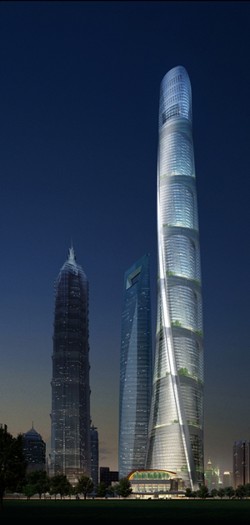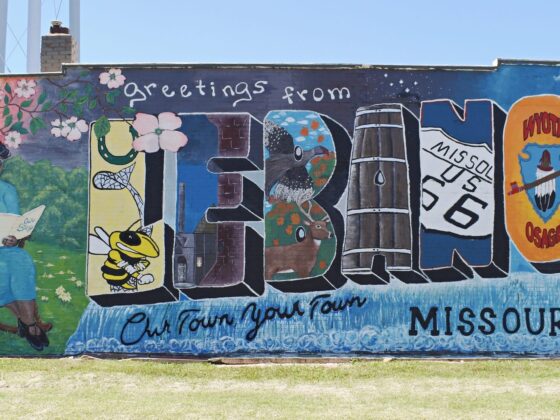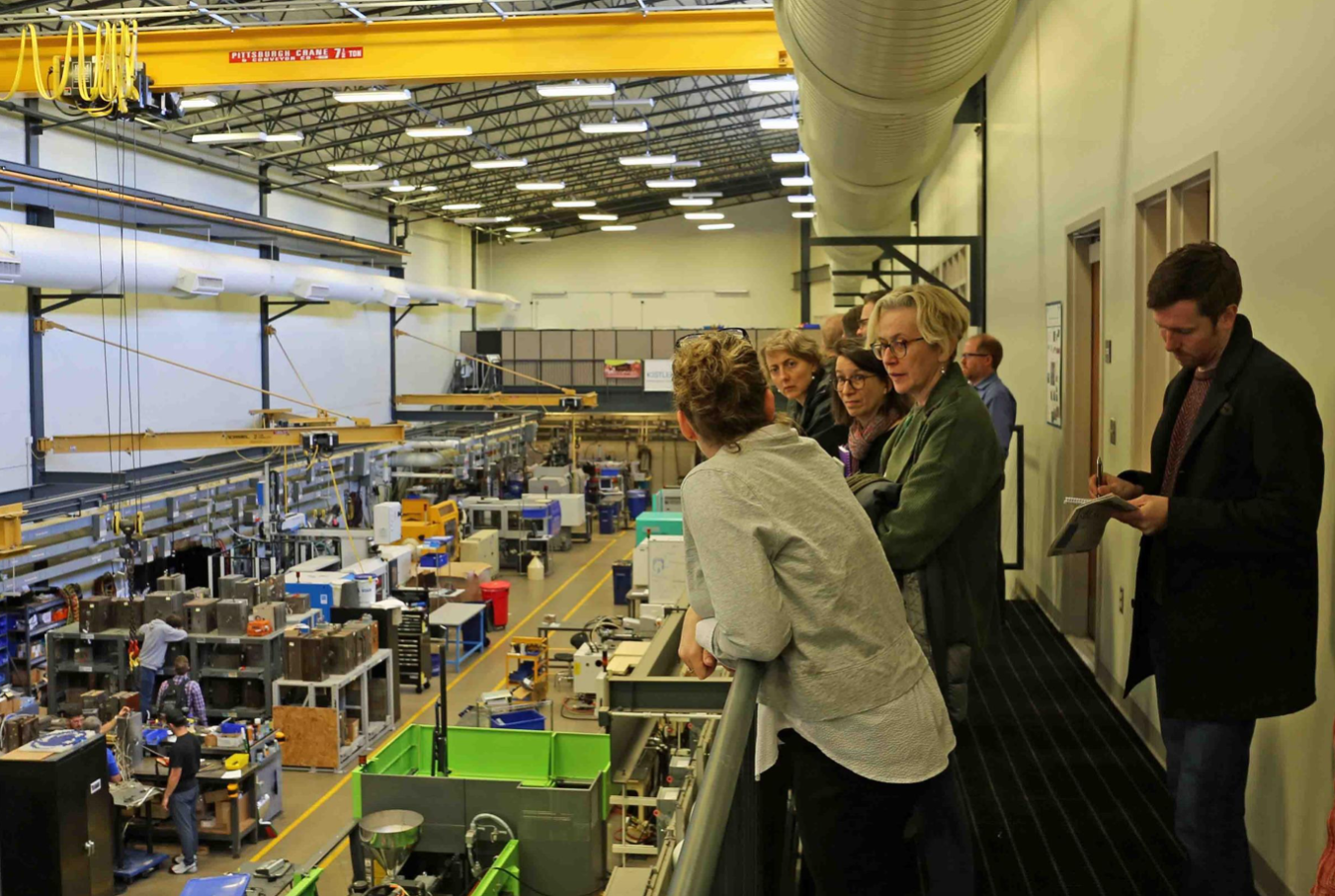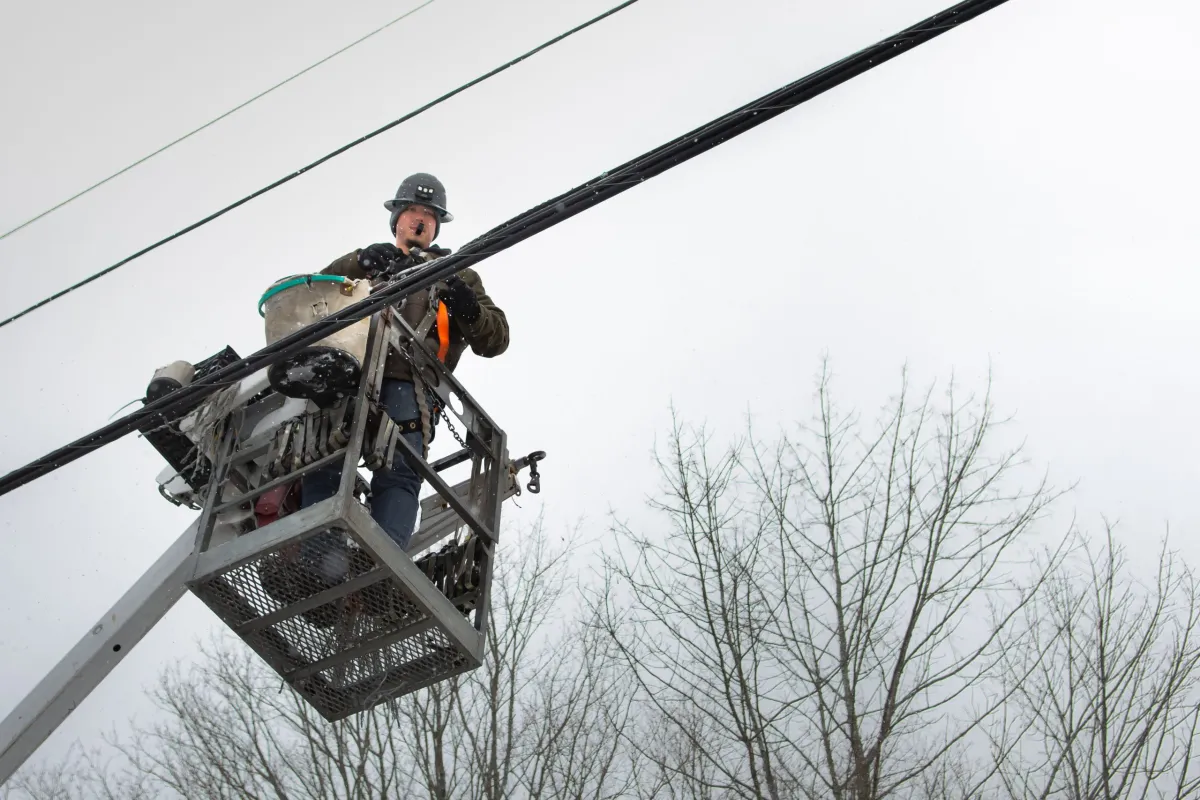I had anticipated some of the rewards and discoveries of visiting cities in the process of economic and cultural recovery and re-invention. An unexpected reward has been the chance to get a time-capsule view, a kind of real-life time-line diorama, of how the downtown areas of cities look through all the stages of a decline-and-rise cycle. The declining phase includes hollowing-out and pawn-shop-dominated decay. Then there is spotty and tentative improvement. Finally, if all goes well, full-scale health through a combination of stores, restaurants, theaters, downtown condos, and all the other elements of a region that attracts commercial and human activity through most hours of the night and day.
As I described last month in this post, we’ve seen cities that serve as showpieces of how this process looks once it has succeeded. These range from Greenville, South Carolina, to Burlington, Vermont, to Columbus, Ohio, to Holland, Michigan, to Pasadena, California, and others in between. We’ve seen others well along the path toward downtown development: Duluth, Minnesota; Sioux Falls, South Dakota; Riverside and Redlands and Winters, California. And others that still have significant challenges but have taken big steps (like Allentown, Pennsylvania) or are about to (like Fresno, California).
But in every city we’ve visited with a good downtown, we’ve heard accounts of the long, deliberate process that led to today’s result. The standard discussion will go: “See this restaurant [bar / theater / condo / Apple store with surrounding retail outlets]? Ten years ago, you wouldn’t have [dreamed of coming here at night / seen anyone but crack addicts / been able to rent a condo, or wanted to].” We’ve heard variations of this account so often we now feel a little let down if we don’t get the “this used to be a crack house” speech when visiting a nice hotel or downtown tech-company headquarters.
That’s the context for the note below, from a reader in Seattle, responding to the ongoing accounts of Fresno’s attempts to restore its downtown. “Everyone knows” that these days Seattle has one of the country’s great, lively downtowns. The reader, who grew up in Seattle in the 1950s and 1960s, explains why this was the result of more than pure happenstance:
The Fresno story reminded me of a little-remembered deliberate urban planning effort in Seattle.
Around 1970 the mayor and his aides visited Cleveland and were appalled when they went out to dinner. They recognized that Seattle, too, had become a city with a downtown completely dead and deserted at night. Everything was moving to the suburbs; the movie theaters had been Seattle’s only nighttime downtown attraction and they’d moved to the suburbs and offered free parking, as did the retail.
So the mayor and his aides sat down and consciously focused on what to do to assure a vibrant nighttime downtown, for itself and as a key component of urban health.
Dozens of elements were required, including making downtown attractive to residents as well as businesses, hotels, etc.; and transit had to be adapted for the purpose, too.
It took a long time, but for nearly 50 years this effort has carried on, successfully I think, but hardly anyone recalls that the origins of the effort were very deliberate and came about when the nighttime downtown was the precise opposite of what it is today, and few people probably think of it as involving a conscious goal then or now. They just think “that’s the way Seattle is.” But Seattle wasn’t.
PS I hope the Fresno folks think about the downtown-residence part. It seemed a pipe dream in Seattle once too. But it’s been key.
Now, of course, it is a self fueling boom: young folks in tech. You saw Expedia just announced its move from Bellevue to Seattle because as the company stated young people want to live in the city now, where it is all happening, not on the Eastside, so moving to the city aids recruiting and retention.
On this final point: yes, in every place we’ve been, every one we’ve talked with about downtown recovery stresses the crucial importance of getting people to live there. Here’s a recent news release from Columbus to exactly that effect.

I’m writing this from Shanghai, on a visit for a series of classes at the NYU-Shanghai campus. Like most immersions in urban China this one is a reminder of the possibilities and perils of urban design. As always in Shanghai, it underscores the very different impressions that differently designed parts of a city can bring.
The older part of Shanghai—Puxi, “west of the river,” including the quasi-colonial international districts and the partly preserved French Concession—of course has its share of skyscrapers and elevated freeways and deluxe shopping malls. But it also has small, intimate streets lined with little stores and full of passers-by doing their daily shopping.
The newer part—Pudong, “east of the river”—is built on a Speer-esque inhuman scale of giant boulevards and huge walkways plastered with morale building “China dream” posters and barely a little shop in sight (until you go around to the alleys in back). Its center includes the spectacle of an 88-story, a 101-story, and a 128-story skyscraper side-by-side, as shown at right.
Each approach, the east side’s and the west’s, reflects a choice. Unfortunately most recently constructed Chinese cities have been going the Pudong direction, as did American cities during the long freeway-and-sprawl era. The downtown-revival movement in the United States is in effect an effort to be more Puxi, less Pudong.





